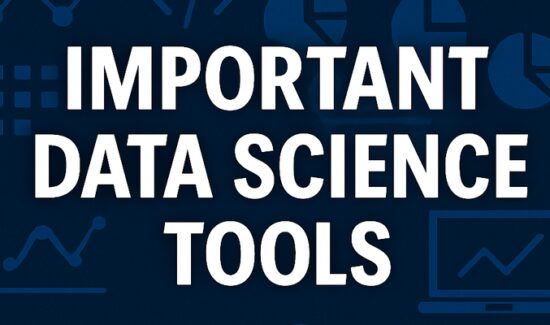Why Agentic AI Should Be an Evolution, Not a Revolution


Unit4’s CTO Claus Jepsen offers commentary on why agentic AI should be an evolution, not a revolution. This article originally appeared in Insight Jam, an enterprise IT community that enables human conversation on AI.
U.S. private AI investment grew to $109.1 billion in 2024 – leading to an “AI arms race” in which many businesses scrambled to be the first to announce shiny new capabilities. But did some tech vendors get so caught up in the AI FOMO (fear of missing out) that they lost sight of the user experience?
Instead of approaching agentic AI as a revolution, we should see it for what it is: an evolution. The ERP industry has been on a decades-long mission to automate processes, and agentic AI is an important part of this progression. As with any innovation, the most valuable applications often aren’t immediately apparent, but emerge over time. After all, before it was popularized as a children’s toy, the Slinky was invented as a naval instrument during World War II.
This example illustrates why it’s critical to take a pragmatic, user-driven approach to AI innovation. It should be defined by the end user’s requirements, not simply a competitor’s roadmap.
Building an Intuitive User Experience
Capabilities alone are no longer enough to differentiate a product. In our AI-driven era, how users interact with a solution matters more than what its functionality is. So much of AI’s value hinges on asking the right questions – but it’s a lot to put the onus on users to always know what to ask.
To maximize adoption and effectiveness, conversational AI should be intuitive and effortless. AI agents can take the burden off employees by offering contextual assistance. For example, agents could go a step beyond presenting an employee with payroll information by providing a breakdown of how to interpret the paystub.
The automotive industry is already building toward a future where self-driving cars remove the most tedious and error-prone aspects of driving. We need a similar paradigm shift in enterprise software – a “self-driving ERP.” Instead of users going into a system to hunt down the information they need, a self-driving ERP system would predict and proactively surface the most relevant insights. It could learn from usage patterns, providing personalized recommendations and, ultimately, performing tasks autonomously. AI agents play a critical role in this self-driving evolution, serving as a central command center that brings users the answers without the need for any direct interaction with the ERP system.
Less Is More: The Singular AI Agent
Amid the AI hype of the past few years, many businesses rolled out multiple, siloed AI agents to handle different functions. But what users truly crave is a minimalist approach. ChatGPT’s popularity is due in large part to its simplicity: users know they can go to this one single interface for a myriad of requests, from drafting a cover letter to calculating probability.
We need to bring this same unified approach to enterprise software, prioritizing the quality of a single “super” agent over quantity. Rather than asking employees to juggle a different AI agent for invoicing, payroll, project tracking and talent management, we should meet them where they are. That means integrating ERP agents with the workplace collaboration tools employees are already using – whether it’s Microsoft Teams, Zoom or Slack. In fact, the goal should be to make the ERP system invisible to the user, allowing them to focus on outcomes rather than the mechanism.
The B2C world has already shifted toward an instant gratification economy, where consumers have come to expect same-day shipping and five-minute rideshare wait times. While the B2B world is inevitably more complex and less instantaneous, enterprise technology adoption will lag if we don’t put customer experience and ease of use at the center of innovation.
Slow & Steady Wins the AI Race
As 59 prcent of US enterprises plan to invest in GenAI digital assistants in 2025, there’s no question that agentic AI is the defining technology of the year – and for good reason. But rushing to push out the most AI agents or tack generative AI tools onto existing applications undermines its impact. Pragmatism is what has made ERP solutions so effective, and we need to keep this same level-headed approach to agentic AI.
The first step is examining processes holistically and mapping out the use cases where an AI agent can provide clear business value. Virtual assistants offer great potential for exception management, but it’s important to start with simple, well-defined tasks like detecting an anomaly on routine invoices. And don’t forget about tried-and-true technology – automation can handle many manual tasks without requiring the development of more complex generative AI.
As with the fabled tortoise and the hare, the moral of the AI story is clear. We should focus less on AI “disruption” and more on continuity. How can agentic AI build upon the decades of progress we’ve made with automation? How can we make the transition seamless for users? These are the questions every CTO should be asking.






























